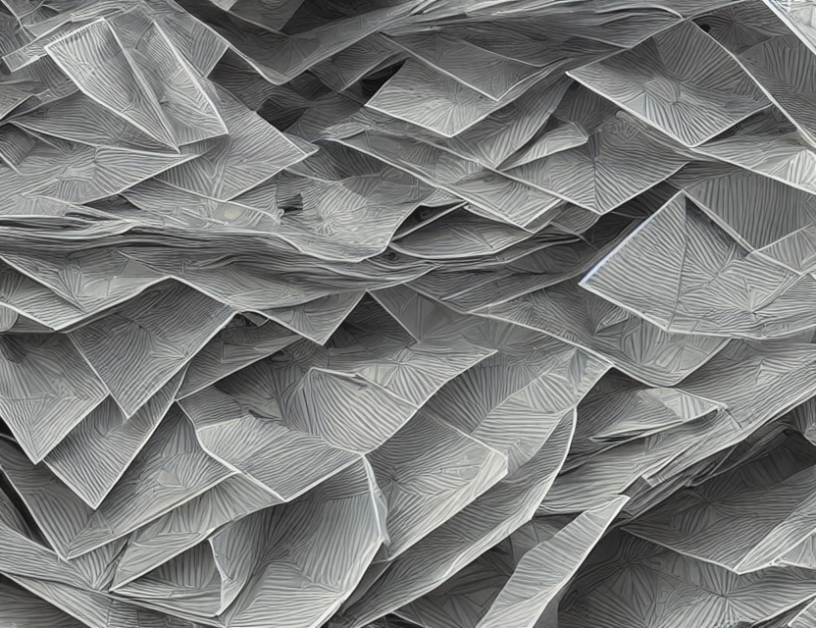- Document digitalization has become crucial in today’s world, and mobile devices are increasingly popular for capturing images of documents.
- However, common OCR methods cannot be applied directly to camera-captured images due to distortions caused by folding or other factors.
- To address this issue, researchers have proposed rectification techniques that involve restoring a document image as if it were scanned with a flatbed scanner based on the image of a document captured with a mobile device.
- In this article, we propose a new deep learning-based algorithm called Unfolder to rectify distorted document images.
The Proposed Algorithm: Unfolder
- Unfolder is designed to address the problem of rectifying documents folded in half.
- The algorithm consists of two stages: content recognition and image rectification.
- In the first stage, Unfolder detects the creases in the document using a convolutional neural network (CNN) and recognizes the contents of the document.
- In the second stage, Unfolder uses a fully convolutional network (FCN) to rectify the distorted image of the document by unwrapping the texture around the contour of the creases.
- The rectified image is then cropped to remove any irrelevant information and enhance the quality of the text.
Advantages of Unfolder
- Unfolder is fast and efficient, taking less than a second to perform on a smartphone mobile processor.
- Unfolder can handle documents folded in different ways, including those with creases, tears, or other types of distortions.
- Unfolder provides accurate results by using deep learning techniques to recognize the contents of the document and rectify the image.
- Unfolder is open-source, allowing researchers to explore and modify its architecture for further improvement.
Conclusion
- In this article, we proposed a new deep learning-based algorithm called Unfolder to rectify distorted document images captured with mobile devices.
- Unfolder demonstrates fast performance, accuracy, and flexibility in handling different types of distortions, making it an excellent solution for document digitalization applications.
- By leveraging the power of deep learning, Unfolder can help democratize document digitalization and make it more accessible to people around the world.



